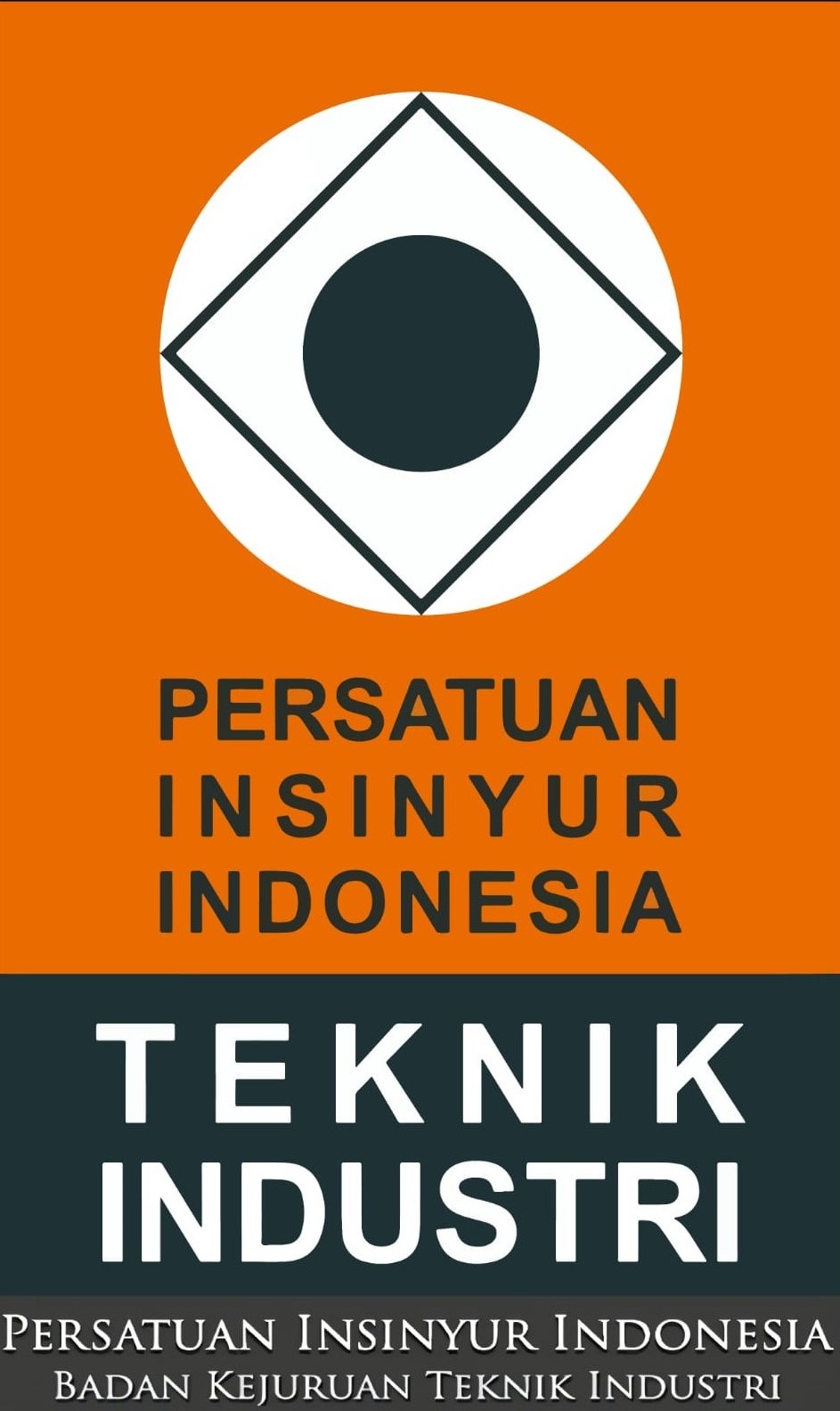Analysis of Social Distancing Variables to Prevention of Positive Cases of Covid-19 Using Path Analysis Method
DOI:
https://doi.org/10.32734/jsti.v24i2.8499Keywords:
Covid-19 Cases, Independent and Dependent Variables, Multiple Regression, Path AnalysisAbstract
Prevention of Covid-19 is important for research in order to reduce positive cases that occur in Indonesia. One of the popular research is using analytical method. The purpose of this study was to determine the relationship between work activity behavior, government and community regulations and social distancing as a mediator in preventing an increase in Covid-19 cases in West Java. This research method uses path analysis model. Social distancing variables directly have a positive and significant impact on preventing positive cases of Covid-19, meaning that with social distancing the spread of the Covid-19 virus can be reduced. The effect of social distancing on the prevention of positive cases of Covid-19 is 87% and the remaining 13% is due to the influence of other factors. Based on the four variables used as predictors of the prevention of Covid-19 cases, the social distance variable is the strongest variable that affects the prevention of positive cases of Covid-19 compared to the other three variables. Social distancing is very important to reduce the spread of Covid-19 cases. The implication of this research shows that awareness of people's behavior by keeping a distance is very important to prevent the Covid-19 virus.
Downloads
References
Karomani, Mahpul, and M. Iwan Satriawan, “Synergy of higher education collaboration with local governments in efforts to overcome the COVID-19 pandemic,†Acad. J. Interdiscip. Stud., vol. 10, no. 2, pp. 240–248, 2021, doi: 10.36941/ajis-2021-0054.
A. S. Adly, A. S. Adly, and M. S. Adly, “Approaches Based on artificial intelligence and the internet of intelligent things to prevent the spread of COVID-19: Scoping review,†J. Med. Internet Res., vol. 22, no. 8, pp. 1–15, 2020, doi: 10.2196/19104.
S. H. Thorik, “Efektivitas Pembatasan Sosial Berskala Besar Di Indonesia Dalam Penanggulangan Pandemi Covid-19,†J. Adalah Bul. Huk. dan Keadilan, vol. 4, no. 1, pp. 115–120, 2020, doi: 10.15408/adalah.v4i1.15506.
D. Garson, “Path Analysis,†E-Book, no. 2009, pp. 1–22, 2015.
P. Khorramshahi, A. Kumar, N. Peri, S. S. Rambhatla, J. C. Chen, and R. Chellappa, “A dual-path model with adaptive attention for vehicle re-identification,†Proc. IEEE Int. Conf. Comput. Vis., vol. 2019-October, pp. 6131–6140, 2019, doi: 10.1109/ICCV.2019.00623.
H. Rahimpour, S. M. R. Amirian, S. M. R. Adel, and G. R. Zareian, “A model of the factors predicting English language teacher immunity: A path analysis,†Indones. J. Appl. Linguist., vol. 10, no. 1, pp. 73–83, 2020, doi: 10.17509/IJAL.V10I1.24990.
A. D. Stajkovic, A. Bandura, E. A. Locke, D. Lee, and K. Sergent, “Test of three conceptual models of the influence of the big five personality traits and self-efficacy on academic performance: A meta-analytic path-analysis,†Pers. Individ. Dif., vol. 120, no. November 2017, pp. 238–245, 2018, doi: 10.1016/j.paid.2017.08.014.
S. Yu and C. Levesque-Bristol, “A cross-classified path analysis of the self-determination theory model on the situational, individual and classroom levels in college education,†Contemp. Educ. Psychol., vol. 61, no. March, p. 101857, 2020, doi: 10.1016/j.cedpsych.2020.101857.
S. A. S. Algharaibeh, “Should I ask for help? The role of motivation and help-seeking in students’ academic achievement: A path analysis model,†Cypriot J. Educ. Sci., vol. 15, no. 5, pp. 1128–1145, 2020, doi: 10.18844/cjes.v15i5.5193.
B. Buldur and O. N. Güvendi, “Conceptual modeling of the factors affecting oral health-related quality of life in children: A path analysis,†Int. J. Paediatr. Dent., vol. 30, no. 2, pp. 181–192, 2020, doi: 10.1111/ipd.12583.
B. Dai, D. Fu, G. Meng, B. Liu, Q. Li, and X. Liu, “The Effects of Governmental and Individual Predictors on COVID-19 Protective Behaviors in China: A Path Analysis Model,†Public Adm. Rev., vol. 80, no. 5, pp. 797–804, 2020, doi: 10.1111/puar.13236.
M. P. Gustin, M. Abbiati, R. Bonvin, M. W. Gerbase, and A. Baroffio, “Integrated problem-based learning versus lectures: a path analysis modeling of the relationships between educational context and learning approaches,†Med. Educ. Online, vol. 23, no. 1, 2018, doi: 10.1080/10872981.2018.1489690.
H. J. Park and S. O. Choi, “Digital innovation adoption and its economic impact focused on path analysis at the national level,†J. Open Innov. Technol. Mark. Complex., vol. 5, no. 3, 2019, doi: 10.3390/joitmc5030056.
S. Lima et al., “Spirituality and quality of life in older adults: A path analysis model,†BMC Geriatr., vol. 20, no. 1, pp. 1–8, 2020, doi: 10.1186/s12877-020-01646-0.
A. Yaghoobzadeh et al., “A model of aging perception in Iranian elders with effects of hope, life satisfaction, and socioeconomic status: A path analysis,†J. Am. Psychiatr. Nurses Assoc., vol. 24, no. 6, pp. 522–530, 2018, doi: 10.1177/1078390317753676.
K. Barbeau, K. Boileau, F. Sarr, and K. Smith, “Path analysis in Mplus: A tutorial using a conceptual model of psychological and behavioral antecedents of bulimic symptoms in young adults,†Quant. Methods Psychol., vol. 15, no. 1, pp. 38–53, 2019, doi: 10.20982/tqmp.15.1.p038.
Z. Zaremohzzabieh, S. Ahrari, S. E. Krauss, A. B. A. Samah, L. K. Meng, and Z. Ariffin, “Predicting social entrepreneurial intention: A meta-analytic path analysis based on the theory of planned behavior,†J. Bus. Res., vol. 96, pp. 264–276, 2019, doi: 10.1016/j.jbusres.2018.11.030.
S. Ansarzadeh, L. Salehi, Z. Mahmoodi, and A. Mohammadbeigi, “Factors affecting the quality of life in women with gestational diabetes mellitus: A path analysis model,†Health Qual. Life Outcomes, vol. 18, no. 1, pp. 1–9, 2020, doi: 10.1186/s12955-020-01293-4.
S. P. Davis, D.-G. Chen, P. B. Crane, L. P. Bolin, L. A. Johnson, and M. D. Long, “Influencing Factors of Inflammatory Bowel Disease–Fatigue: A Path Analysis Model,†Nurs. Res., vol. 70, no. 4, p. 256, Jul. 2021, doi: 10.1097/NNR.0000000000000517.
R. A. Utami, R. E. Mose, and M. Martini, “Pengetahuan, Sikap dan Keterampilan Masyarakat dalam Pencegahan COVID-19 di DKI Jakarta,†J. Kesehat. Holist., vol. 4, no. 2, pp. 68–77, 2020, doi: 10.33377/jkh.v4i2.85.
H. Manurung, A. Fahri, H. H. Purba, and H. Kurnia, “Accidence Analysis Work with Failure Mode and Effect Analysis Method at Coating Service Industry in Indonesia,†Spectrum Ind. J., vol. 19, no. 2, pp. 135–144, 2021, doi: 10.12928/si.v19i2.20585.
J. Moudy and R. A. Syakurah, “Pengetahuan terkait usaha pencegahan Coronavirus Disease (COVID-19) di Indonesia,†Higeia J. Public Heal. Res. Dev., vol. 4, no. 3, pp. 333–346, 2020, doi: 10.15294 /higeia/v4i3/37844.
Downloads
Published
How to Cite
Issue
Section
License
Copyright (c) 2022 Jurnal Sistem Teknik Industri

This work is licensed under a Creative Commons Attribution-ShareAlike 4.0 International License.
The Authors submitting a manuscript do so on the understanding that if accepted for publication, the copyright of the article shall be assigned to TALENTA Publisher Universitas Sumatera Utara as the publisher of the journal.
Copyright encompasses the rights to reproduce and deliver the article in all forms and media. The reproduction of any part of this journal, its storage in databases, and its transmission by any form or medium will be allowed.



















